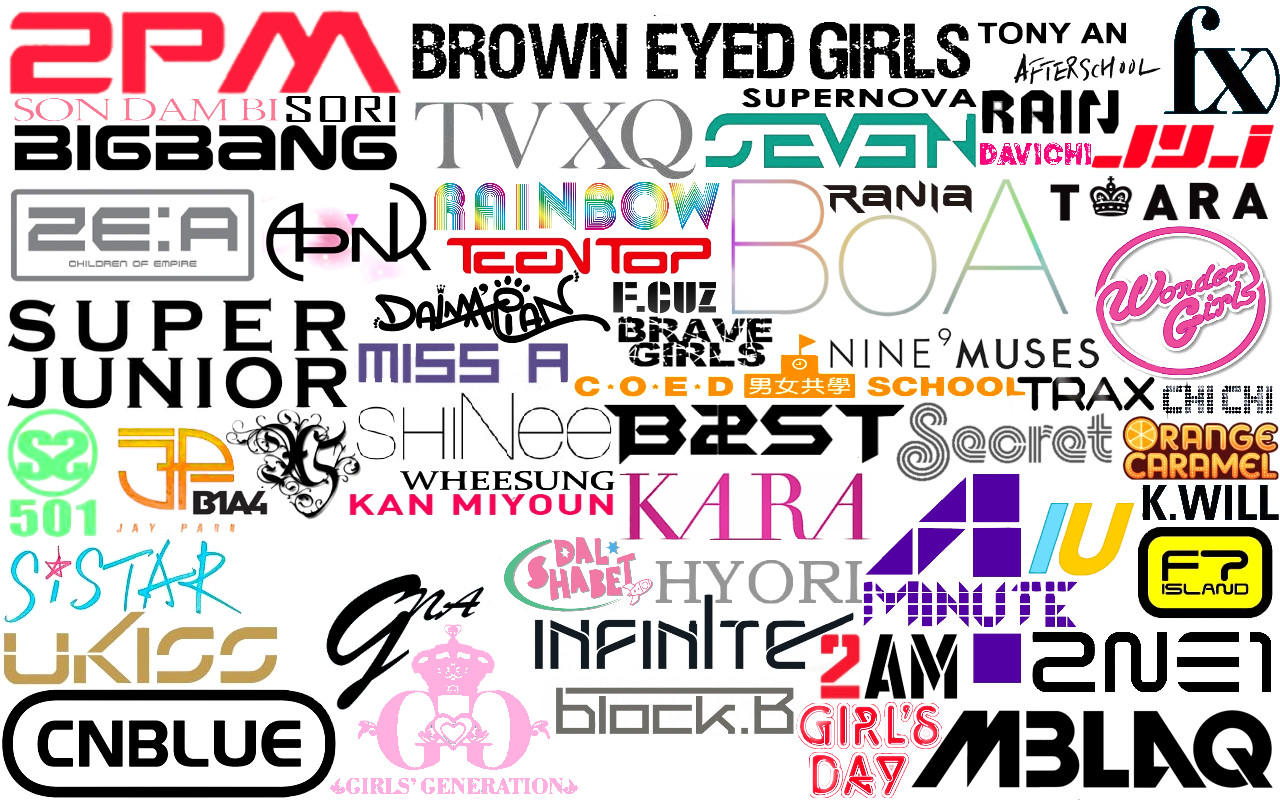Some days writing seems like a chore. On those days, I tend to find every excuse I can to not do it until the last minute. Other days, I have that spark that is just begging to be shared. For example, my topic for writing in this class. It may surprise you find that I like Korean Pop music more than American pop. It started about four years ago when I got out from the military and came home to find my sister blasting what sounded to me like a alien music. Turns out, not only were the songs played so often I learned them, but they were catchy and held my interest for me to find out more. By finding out more, I found this whole different side to music lovers that I didn’t know existed.
In the US, we often hear stories about over excited fans at concerts and fans who stalk the celebrities and musicians. What we don’t hear about is fan groups, how many years artists spend training with their music company, assigned roles in the group and how the artists became a group even though they didn’t know each other before forming the group. These topics are pretty normal when inside the world of Korean Pop (K-Pop) music. Stories such as how long each member trained before being able to debut are commonly asked questions for rookie groups as well as how well each of its members get along. Even more interesting is the fact that almost every well known group has a fan club that has a name for its fans as well as a color for balloons and light sticks. For example K-Pop group 2NE1 (two-N-E-one) calls their fans Blackjacks and their color is pink (for more examples check out this link). Now you can probably say that, hey maybe you just weren’t that into US artists and did not research them to see if they had fan clubs or colors. You would most likely be right. I mostly liked the sound of the music, and the videos weren’t that interesting to watch. Compared to US pop, K-Pop music, had interesting videos filled with dancing and that reminded me of the early days of music videos and Michael Jackson. On the other hand, besides checking out their music on YouTube, I found different video clips of the different artists on variety shows. Shows where the artists can show their personality outside of singing and dancing and may require them to showcase other skills. While all those different facets were interesting, what motivated me to dig for more information was the global community the music inspired. People from all over the world, follow these artists and connect through different internet forums. This genre of music is so popular outside of South Korea, that it is used to draw tourist to the country. It has even sparked debates over their training methods to the artists busy schedules. With the globalization of K-Pop, many different forms of flattery has appeared; from copycat videos to parodies. According to John Lie in his article “Introduction to “The Globalization of K-Pop”, after Psy’s “Gangnam Style” came out the growth of K-pop spread even more than before. Most people were unaware of the K-Pop phenomenon known as the Hallyu wave until that video came out in 2012. This lead to people studying the effects of K-Pop on South Korean culture and how the style of music, from the videos to the dancing, incorporates many aspects of our own pop music from earlier generations. Suk Young Kim looks into the K-Pop group TaeTiSeo and reflects on how they brought together different faces of K-pop. K-Pop may have been the driving force in getting me interested in the Hallyu wave, but that also led to an interest in to Korean dramas (k-drama), which is another big industry in South Korea that makes use of K-Pop artists. In my next post, you’ll see how k-dramas and k-pop are intertwined and what that means for South Korea.
Works Cited
Kim, Suk Young. “The Many Faces of K-pop Music Videos: Revues, Motown, and Broadway in “Twinkle”.” Journal of Popular Culture 49.1 (2016): 136-54. Wiley Database Model. Web. 12 Sept. 2016.
Lie, John. “Introduction to “The Globalization of K-Pop”” Cross Currents E-Journal 9 (2013): 40-43. Web. 12 Sept. 2016.

